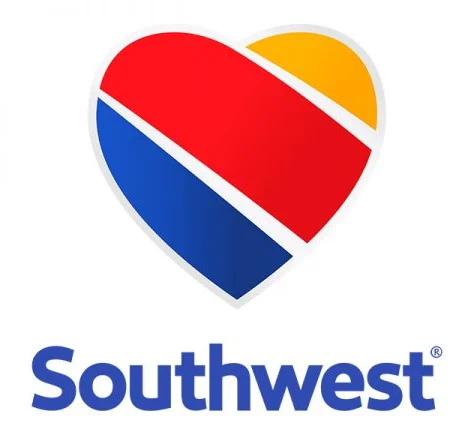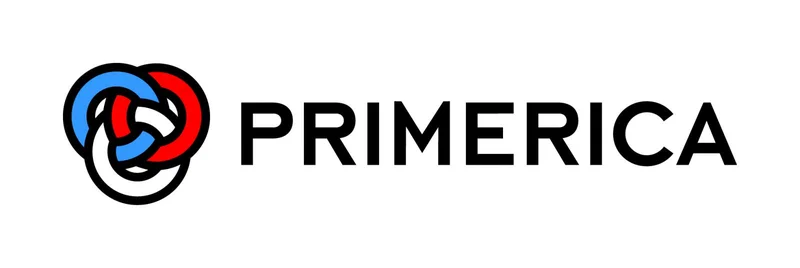Southwest Airlines Overhauls Its Seating Policy: What This Means for Travelers and the Future of Flying
For decades, flying Southwest Airlines felt like stepping into a time capsule. The open seating, the "bags fly free" mantra, the almost defiant simplicity of it all—it was a system that worked beautifully because it refused to change. It was the vinyl record of the airline industry: warm, familiar, and beloved by a passionate base of fans who valued its straightforward charm over the bells and whistles of its competitors. But as we all know, even the most elegant systems eventually face a world they weren't designed for.
And that’s exactly what’s happening. Spurred by the loud, insistent voice of activist investor Elliott Management and, let's be honest, the undeniable shift in what travelers now expect, Southwest is undergoing a fundamental rewrite of its operating system. When I first saw the flurry of announcements—the end of open seating, the introduction of paid checked bags, the layoffs—I saw what everyone else saw: an identity crisis. A brand abandoning the very things that made it unique.
But then I looked closer at the blueprints for what’s coming next. The redesigned cabins, the in-seat power, the premium seating options. And I realized this isn't a story about a company selling its soul. This is a story about a complex system adapting to survive. It's a high-stakes experiment in corporate evolution, and frankly, it's one of the most fascinating case studies in user-centric design I’ve seen in years.
The Anatomy of a Systemic Upgrade
Let’s start with the hardware, because it’s the most tangible signal of this new philosophy. The airline just rolled out its first redesigned Boeing 737 MAX 8, and the specs read less like a budget carrier and more like a tech startup’s vision for a better commute. We're talking new RECARO seats with multi-adjustable headrests, larger overhead bins, and—finally—USB-A and USB-C ports at every single seat. This is the kind of breakthrough that reminds me why I got into this field in the first place. For years, the lack of power was a fundamental design flaw in the Southwest experience, a disconnect between the airline's friendly persona and the actual needs of a modern connected traveler.
This isn’t just about comfort; it's about acknowledging that a passenger's journey doesn't stop when they board the plane. Their work, their entertainment, their connections continue. The new seatback with a built-in device holder is a simple, elegant solution. It’s a small piece of plastic, but it represents a massive philosophical shift. Southwest is no longer just transporting you from Point A to Point B; it's designing a mobile environment for you to exist in for a few hours.
This whole cabin refresh is like watching a developer refactor a legacy codebase. The old code worked, it was reliable, but it was monolithic and couldn't support new features. The new architecture is modular, it’s built on a modern framework, and it’s designed to be flexible—the speed at which they are planning to retrofit the fleet with in-seat power by mid-2027 is just staggering and it means the gap between the old Southwest and the new Southwest is closing faster than we can even comprehend. But a new interface is one thing. The real challenge is rewriting the core logic that people have known for generations.

The Human Algorithm: Can You Engineer Choice?
Here’s where it gets really interesting, and where the most passionate criticism has emerged. The end of open seating and the "Bags Fly Free" policy. To the loyalist, this feels like a betrayal. These weren't just policies; they were promises. They were the heart of the brand.
But from a systems design perspective, they were also constraints. The old Southwest model was a one-size-fits-all product. It was brilliant in its simplicity, but it offered zero customization. You either liked the system, or you flew another airline. What Southwest is doing now is called "unbundling"—in simpler terms, they’re breaking a single product into a collection of optional features. You want the cheapest possible seat with no frills? You can still have that. But you want extra legroom, early boarding, and premium snacks? Now there's a tier for that, too. This is the core of the new strategy, where Southwest Airlines Unveils Premium Cabin, Ends Open Seating: What Travelers Need to Know.
This is a monumental gamble. Can you take a user base conditioned for simplicity and introduce complexity, even if that complexity offers more choice? It’s a question of human psychology. This shift is analogous to the leap from broadcast television to on-demand streaming. For fifty years, TV networks gave us a single, curated feed. We all watched the same shows at the same time. Today, Netflix and its peers give us a universe of choice, and we each build our own experience. Southwest is moving from a broadcast model to a streaming model of air travel.
Of course, this kind of systemic change isn't without its friction. The company announced the first layoffs in its history, a painful consequence of restructuring that we can't ignore. The ultimate responsibility of any great designer or leader is to manage these transitions with empathy, ensuring that the human cost of progress is acknowledged and minimized. The question isn't just whether the new system will be more profitable, but whether it can be implemented in a way that honors the people—both employees and customers—who built the old one. Will this new, modular experience still feel like Southwest? Or will it just feel like every other airline?
This Isn't an Ending, It's a Reboot
Look, I get the nostalgia. I understand the frustration from longtime fans who feel like their favorite band just sold out and went mainstream. But I see something different. I see a legacy company making a courageous, data-driven leap into the future. They listened to customer research that told them people wanted power ports. They saw market pressure that told them premium options were no longer optional. And instead of slowly fading into irrelevance, they chose to evolve.
This isn't the death of the airline we knew. It’s the birth of Southwest 2.0. It’s a risk, absolutely. But innovation is always a risk. The alternative—stagnation—is a guarantee of failure. What we are witnessing is a live experiment in balancing a beloved identity with the relentless demands of the modern world. And I, for one, can't wait to see how it flies.
Related Articles
Solar Incentives: What's Next and Why It Matters
Hawaiʻi's Solar Crisis: A Make-or-Break Moment for Clean Energy Okay, folks, let's talk about someth...
Spotify's AI Music Initiative: The Strategy, Industry Impact, and What 'Responsible AI' Really Means
Spotify's AI Alliance Isn't About Ethics. It's About Building a Moat. The press releases read like a...
Comcast's Stock Is Finally Paying the Price: Why It's Tanking and the Corporate Excuses You're Supposed to Believe
A Confession, Not a Notice So, Comcast’s stock took a little dip the other day. Wall Street gets the...
Arm Stock: Bullish Forecast? Yeah, Right.
Generated Title: Arm's AI Forecast: Or Just More Silicon Valley Hype? Okay, Arm's giving us the ol'...
primerica: What to Know – A Reality Check
Nvidia's AI Hype Train: Are We There Yet? Nvidia. The name is practically synonymous with the AI rev...
The Rise of 'Team Stock': What It Is and Why It's the Future of Innovation
ABSOLUTE DIRECTIVE: NARRATIVE STANCE ### The event described in the [Structured Fact Sheet]—Everest...





